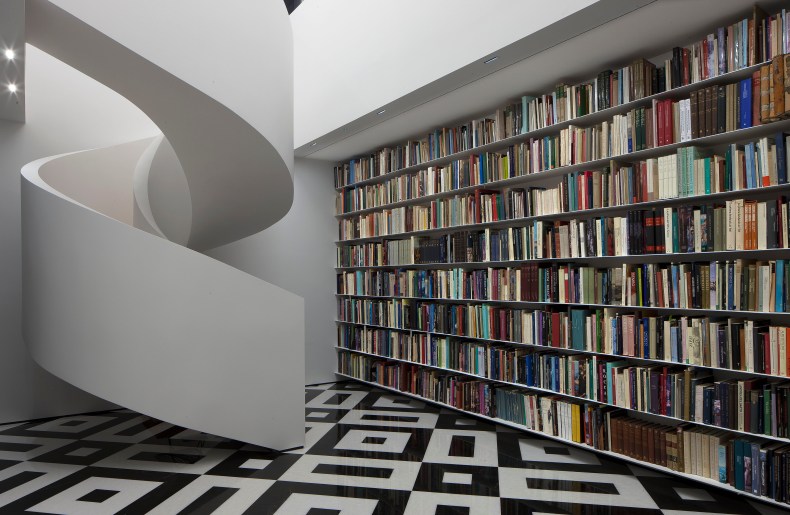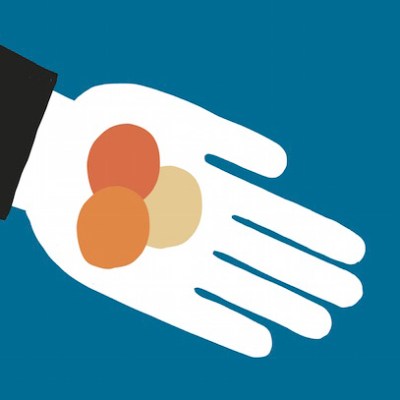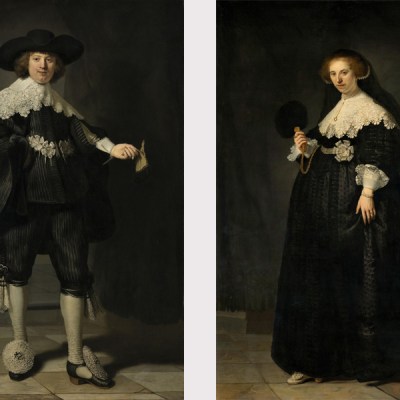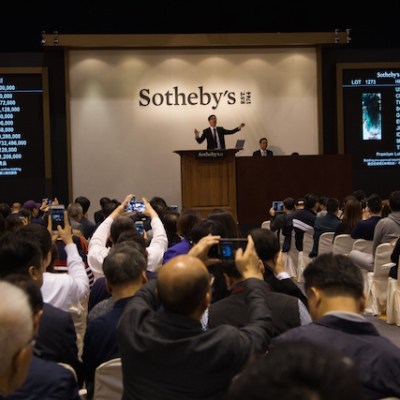Fine Art Asia returns to Hong Kong | Next week, the 11th edition of Fine Art Asia opens in Hong Kong (2–5 October), a fair that has ridden the highs and lows of a fast-changing economy since it was founded a decade ago. Founder and co-chairman of the fair, Andy Hei, a Hong Kong antiques dealer, started the mixed-discipline art and antiques fair in 2006. The Hong Kong market was in its booming infancy then, but with the circumspection that comes from enduring leaner times, Hong Kong now wears a more established air.
Many fairs started in boom times in emerging markets are launched by outsiders. FAA is different in that the men behind it, Andy Hei and Calvin Hui, are local Hong Kong Chinese dealers, who are familiar with the mentality of the buyers that their European and American exhibitors are trying to reach (both Hong Kongers and Mainland Chinese). Hei sees the past decade in Hong Kong as two eras. Rapid growth from 2006–11 helped the fair get off the ground and exhibitors numbers growing from 16 to almost 100 within three years. Since 2011 this expansion has slowed to ‘Steady growth and a need for education’; the expanding tastes of Asian collectors make it ‘necessary to refresh the content of the fair by introducing new categories’. This year, FAA adds a new section of photography to satisfy these broadening tastes, adding to the fair’s offering of art and antiques from both east and west, from antiquity to contemporary.
Fine Art Asia fair directors: Calvin Hui (left) and Andy Hei (right).

The lowest and highest moments for Hong Kong, Hei says, were just two years apart. Rock bottom was in 2008. This was the year the fair moved to the Hong Kong Convention and Exhibition Centre for the first time, and was knocked back by global recession: ‘We were expecting further progress,’ Hei says, ‘but then came the global economic crisis which saw a huge downturn in financial markets.’ But FAA’s strongest event came in 2010, when ‘the art market adapted to the changes, and safe investments and price range estimates became more accurate and reasonable.’ Hei thinks this is evidence of ever shorter economic cycles and plans to act accordingly: ‘We need to keep changing our strategy to cope with market changes.’ An exhausting feeling familiar to any fair organiser.
Sotheby’s opens an office in Dubai | Dubai has felt the world’s economic vagaries even more keenly than Hong Kong in the past decade, but it’s a centre that the international art world continues to watch, albeit with caution. While Christie’s holds sales on the ground, Sotheby’s does not. But it is opening an office later this year headed by Katia Nounou. The soft launch takes place next week with a travelling exhibition of pieces from Sotheby’s London’s October Indian and Islamic sales. ‘Over the last five years we have seen the number of clients from UAE transacting in our global sales more than double, and the value spent by these clients almost triple,’ says Edward Gibbs, Chairman of Sotheby’s Middle East and India. That rise has come particularly in jewellery and watches, and Impressionist, Modern, Contemporary and Old Master art. But interest in Modern Arab and Iranian art has also risen, with artists’ records set at recent sales, spurred, Gibbs thinks, by international exhibitions of artists from the region, such as the recent Guggenheim exhibition of Iranian artist Monir Shahroudy Farmanfarmaian.
Sotheby’s will continue its activities in Abu Dhabi and remains ‘committed’ to Doha. There are no plans for auctions in Dubai as yet, although Sotheby’s will ‘continue with private sales in Dubai and in the longer term our plans will develop in accordance with the needs of our clients in the UAE’. So never say never.
Backdrop (1990), David Salle. © David Salle, Courtesy of Skarstedt

Skarstedt launches its new London gallery with Salle and Sherman | On 1 October, Skarstedt launches a new gallery at 8 Bennet Street with a joint exhibition of Cindy Sherman’s History Portraits and David Salle’s Tapestry Paintings, both produced between 1988–91. Bona Montagu, director of Skarstedt London, says that given the new gallery’s location in St James’s amid the Old Master galleries they wanted the inaugural exhibition to be ‘focused on these historical and accomplished bodies of work’, to reflect the London market’s greater ‘emphasis on the historical’ compared to New York, where Skarstedt was established in 1994. The move to St James’s comes after four years on Old Bond Street. So yet another gallery moves south of Piccadilly.
The Colnaghi library at the Old Master gallery’s new St James’s premises. Courtesy Colnaghi

Colnaghi gallery opens a new chapter in St James’s | Also opening in St James’s to coincide with Frieze Week is Old Master (with a new twist) firm Colnaghi. Now 256 years young with Jorge Coll, of Spanish gallery Coll & Cortes, as CEO, Colnaghi has moved from Old Bond Street to a huge space on Bury Street, which will launching with an exhibition of paintings and sculptures on the theme of ‘Vanitas’ on 6 October. Colnaghi’s famed library of nearly 10,000 volumes isn’t going anywhere; it will be at the heart of the building, set against a stunning staircase. Presenting ‘paintings and sculptures with a fresh approach, in a context suited to the 21st century’ is the aim, says Coll. Very on message for 2016.



